The Cheese Masters Transcript
07/31/1985
– We’ve got approximately 500 entries from 14 countries, which makes this world contest the largest world contest ever.
– We’re gonna be right on top, you know that. Lake to Lake is known for it. Beat the competition.
– This increase, 1578.
– We always enter the contest with the blue ribbon in mind.
– It will mean a lot because it will mean we are very successful in making a good product here.
– I guess winning, especially a world contest is, is very, very important to any cheesemaker. [gentle acoustic guitar music]
– Narrator: For years, Wisconsin’s milk has made it the cheese capital of the world. The state has projected an image of industrious factory production, sending forth vast quantities of cheese for pizza toppings, cheeseburgers, and the American staple, the grilled cheese sandwich. However, American eating habits are changing, and many feel the cheese industry is undergoing the same sort of transformation the California wine industry experienced 15 years ago. The result is greater product diversity and even greater emphasis on quality, and a new mystique centered around a special cheese for a special occasion.
This program is about four Wisconsin cheese companies that are attempting to be on the leading edge of this transformation. Their immediate goal is to win the world cheese competition. It’s early spring in Wisconsin and time for the cheddar cheesemakers to set aside the 40-pound blocks of contest cheese for the October competition.
Lake to Lake is something of a minor miracle in the cheese industry. It has grown into the largest and most automated maker of cheddar in the state. It is used to success, and fully expects to win the world’s cheese contest. Much of that success derives from its emphasis on consistency and its people orientation. Nobody embraces these principles more than Louis Lutz. Louis has had a long love affair with cheddar cheese.
– To me, cheddar cheese, of course, is my most beloved cheese because I’ve been making it for 32 years.
– Narrator: Trained in dairy science, Louis left his native Holland for the United States in 1952 and went to work directly for Lake to Lake, where he learned the art of cheesemaking. During his 30-plus years at Lake to Lake, Louis has seen the incorporation of large-scale automation into the cheesemaking process. The plant can now turn out 150,000 pounds of cheese per day. Even with all the stainless steel and high-speed automation, Louis insists it is the people who make the difference.
– Louis: I’m very proud of it. What we’ve done in Lake to Lake is proven in the past. I think we are always pretty well-recognized for our quality of our cheese. And I think we got a fairly good knowledge of what a good piece of cheese should look like and how it should be made. Says, you know, we have a reputation for the quality cheese and that’s just not an accident. I mean, people make that happen.
– Narrator: For Louis, knowing what a good piece of cheese is translates into daily monitoring of critical cheesemaking steps.
– Louis: I think that timing is there for a real good reason. And this is the reason why we give our people what we call a schedule. So he can go by it as a guide. I think everything is proven out that cultures through the years, has proven out that certain cultures take a certain time to perform and duty into the cheese. Same goes for rennet. We know from past experience, if you got the right temperature on the milk, exactly how long it will take to coagulate that milk.
– We’re looking for a nice, clean break on our set now. I think this one is ready to cut.
– Worker: Okay.
– Narrator: Timing is important. But the essence of each cheese is the culture.
– Morning, fellas.
– Morning, Louie.
– Morning, Louie.
– What are we discussing today?
– Narrator: The strain of bacteria in the culture is to cheese what the type of grape is to wine. Everything comes from the bacteria, the kind of cheese, its flavor, its texture. Every day, the behavior of each culture must be evaluated and adjusted. It’s like keeping a racing engine at peak performance. Because cheddar is an aged cheese, even the slightest imperfection in April will become a disaster in October. Louis explains what he is looking for when he sets aside potential contest cheese.
– Well, we got a block of cheese that’s about 10 days old and you go check it and see if it would be qualifying for possibly contest cheese. First thing you do when you take the plug, you take a good sniff of it because if anything is in the black or bad odors, it will show up on the cheese sooner than actually the taste, which, of course, is very important also. And then you look for a nice, uniform color. Also feel for the texture on the cheese. And of course, also, we’re tasting it. Taste is very important in cheese. I have entered quite a bit of cheese in the past, and, of course, I’ve been a winner quite often already, but I still feel to me personally, it’s not as important I think as it is for the organization itself that we are on the winning team.
– Bob: The Baker tradition is synonymous with quality. When you see a finished product with your name on the label, it gives you a good feeling. It’s our family business. And when you have that family name on that piece of cheese, or be it a piece of cheese or be it, whatever it is, you just feel good about it. As a family, we’re real close and we can keep that tradition going.
Happy birthday, dear Karen
– Narrator: Bob Baker symbolizes what four generations of Baker tradition have meant: an obsession with quality while being at the forefront of innovation in the cheese industry. The highly profitable Baker cheese business is run on a day-to-day basis by Bob and his brothers, Jack and Dick. [family chatting]
– There’s forks over there.
– But it is their father, Francis, who oversees the operation and spans the generations.
– Baker Cheese was started in 1916 by my father, Frank Baker. I have several pictures here that date back to the early plant with Dad. And my mother is the hired man. At that time, they made strictly cheddar-type cheese. Up until about 30 years ago, and we started on the mozzarella-type cheese. About 19 or the late ’60s, three of my sons entered into the business as they graduated from school. And about six years ago, we sort of instigated the string cheese in the Midwest area.
– Narrator: Expanding to string cheese seemed like a natural move since it is derived from a mozzarella base. Jack Baker explains where the two diverge.
– Jack: This is our mixing machine. Slabs of mozzarella are fed into it. The diced curd is heated and stretched and fed out through this tunnel. As you see, the mozzarella is very stretchy and has the consistency of taffy. This mozzarella will either be fed into this, our mozzarella molding head, or will be taken over to our string cheese head for further processing.
– Narrator: The cheese is pushed through portals about the size of a finger and strands are hand-cut to market size. [family chatting] String cheese is a completely new product. It is packaged and marketed like a snack, and kids are a major consumer. As with other new products, the Bakers have had to create a public awareness and acceptance of this new kind of cheese. Dick, who handles the business side of the operation, believes that string cheese signals just a beginning.
– Dick: The specialty cheeses, which are the new wave in the last four to six years, which I think string cheese was one of the first ones to get on the wave. Since then, every year, you’re seeing more and more new type of cheese products. This is where the strength of the small and the medium-size factories or companies come in. I can go in the first time or a representative can go in the first time of ours and say, “Well, look at it, look at what Baker did. They won first class last year.” But I think it would mean more to the buyer if they say, “Look what Baker did. “He’s won awards five years in a row or five out of the last six.” To me, that’s more important than a one-time deal.
– Narrator: Much of the credit for that series of awards goes to Bob, who gets up at 1:00 a.m. to make the cheese.
– Bob: You get done with the hard day’s work and, you know, you feel good, feel like you’ve accomplished something. You know, at the end of the day, you’ve got a finished product that, you know, you enjoy seeing your name on it. And I just knew that, you know, when I was about 13, 14, that that’s what I wanted to do.
– Narrator: The satisfaction which Bob experiences is very similar to the feelings artists and craftsmen have after completing a work of art. And that’s how Francis sees cheesemaking.
– Francis: To me, cheesemaking is an art. It’s something that you develop over the years. It’s like any other business. You try to improve on your quality. It, to me, it’s strictly an art.
– Claude: Brie originates in France, but it’s made in Wisconsin now by French people. [laughing] This one is a plain one, regular one.
– Yeah.
– It’s in Wisconsin in Belmont.
– What is it?
– It’s made in Belmont, Wisconsin.
– Yeah, I know about that, but what is it? Really soft, ripe cheese?
– Yes.
– What kind of cheese is it?
– It’s a French cheese.
– Narrator: Making a French brie in America. That is only the latest in a series of challenges for Claude Bellinger. In 1981, Claude gave up a secure position running the largest replant in France to start over in Belmont, Wisconsin. Why?
– Wisconsin is the first dairy state. So why not? And why? I think it was a good idea to start from Wisconsin, in a way. If we want to go in USA, we have to start here. And Wisconsin has a good reputation for the cheese, for the quality of the dairy product.
– Narrator: In the beginning, there were many problems, especially with low product recognition. Only 10% of Americans had heard of brie, but with the help of Jean Paul Mette, a French cheesemaker, Claude started doing the impossible.
– Claude: A lot of people thought it was not possible to do a good brie in Wisconsin, in USA. It was wrong because we are doing a very good cheese, a cheese comparable with any other French brie. If we want to be very successful with this operation, we have to be consistent in the quality of the product. In France, we have been very successful because quality was always the same. Here is the room where we spray the special bacteria. This bacteria will give us a right time. We have after five, six days.
– Narrator: It is the white rind and creamy texture that give brie its unique character; a character that had to be marketed. Claude’s approach has been to introduce a steady stream of new products and flavors not made in France, such as onion or herb brie, and to package them in a colorful, Old World look.
– Claude: All people on the East Coast thought good, good French brie was only from France. So we had to fight this opinion. Now we are almost in all the country or in USA.
– Narrator: Production is now doubling each year and has quieted skeptics. However, the major factor in assuring further growth is showing people how to use brie. Claude takes great delight in doing this.
– First, you have to know this cheese must be kept in the refrigerator and in the bottom of the refrigerator. But before, I think, you have to take it back one hour before. So it will warm up until it will be very soft. You can look at this cheese. After one hour, is very soft and is at the perfect edge. This one is younger. Is whiter, but it’s younger. If you want to use it like appetizer, you can take a cracker and you get a slice like that. And you put the slice on your cracker, and it’s very delicious. The other ways, you can take a piece of bread. You get the slice, and for the people who don’t like the crust… Some people like it, some don’t. And you have a very soft cheese. You can spread it on the bread, French bread. And you can eat that; it’s really good like that. And in France, we used to drink some white wine at the room temperature. It’s much better like that. Because I know my product as good as the French one, or where I am a little bit afraid, it’s sometimes we are not comparing the same product because in France, they used to do a special fabrication for this kind of contest. And I don’t want to do that. I want to put the regular cheese in the contest because I think it’s… fair to do this way.
– I think that you’re going to see the consumer wanting more, like, dessert-type cheeses, low fat-type cheeses, low salt-type cheese that have a real good flavor to ’em, which is hard to do. But the industry is starting to get quite a few of these on the market. And to me, it looks like down the road, you see new products being introduced all the time, and I think it’s very good for the cheese industry, and also for the consumer.
– Narrator: New cheese products are developed by experimenting. Experimenting with the bacteria that produce the different kinds of cheese and flavors.
– Hello, Dr. Gandhi.
– How are you?
– Narrator: Werner Zimmerman has an ideal background for just such experimentation. Before returning to the family cheese business, Werner worked the R&D side for suppliers of cheese cultures. There, he met Dr. Gandhi, and they now work together, developing enhanced flavors for Warner’s Muenster and baby Swiss. For the past six months, their focus has been on developing a more buttery flavor for Muenster cheese.
– Werner: Dr. Gandhi had called me up and knew that we had been working on cultures and going through different types of cultures and looking for different flavors. And he had just gotten back from France and he told me that he had picked up a culture there that he would like for me to try. He came over and we run tests and the test fats on it, and at the end of a month, we really liked what it showed us. It surpasses, flavor-wise, anything that we’ve used. And for my own personal opinion, it creates what I’m looking for in a Muenster cheese: a sweet, buttery type, clean flavor.
– How’s this curd look to you, Dr. Gandhi?
– It looks nice and firm. I think it’s a very good curd.
– This is for that new culture. This is the culture that we are going to use in the contest, and I just hope that the judge thinks the same as we do.
– Narrator: The decision to go with a new French culture was a tough one for Zimmerman. The more buttery taste might not be accepted by the judges, and in making a specific contest cheese on a specific day, any little fault in the process can result in imperfections and score deductions. Still, his new culture had just taken best of class at the local county fair. So the decision was made: Werner and his son Brian will make their contest cheese on September 14, roughly six weeks before the competition.
– Werner: Well, my son, Brian, he makes probably about 95% of the cheese right now. And he does a real good job. He’s been a very good learner. [gentle acoustic guitar music] We’re going to make the cheese together, the contest cheese. [gentle acoustic guitar music]
– Brian: Be about another minute.
– Okay. I’m always there, you know, watching him. And like I say, win or lose, we’re gonna give it our best. [gentle acoustic guitar music] In the last contest, we placed third, and which we were very happy with. And we’ve done a lot of work since then. And I’m sure our competitors will too. And the whole thing of it is, is when it all gets done, the consumer ends up the winner because they get a better product. And I think a contest is very important. It’s just great to see how your cheese scores.
– Narrator: The day of the contest arrives. It is a crisp October morning in Green Bay, Wisconsin. The competition takes place at Lov-It Creamery.
– For those of you who are new to our world contest, I’d like to introduce our chief judge Al Breseman, who will go over the score sheets and discuss with you how we score cheese in a world championship cheese contest. Al?
– Al: Because we got some of you here from Europe and from all over the world, we know that you do score a little differently than we do. Some of you go from 1 to 10. Some of you go from 1 to 50.
– Narrator: The 542 entries have been divided into 13 classes by variety for the two-day competition. Ten judges from six countries have been paired up and assigned categories for evaluation. Each cheese is scored by both judges and the results are independently computed. Unlike many contests, the judging is a closed affair. Only officials, foreign observers, and the press are allowed into the judging area. Early on the first morning, Claude’s brie comes up for competition in classes 13 and 7. The judges are not impressed. Perhaps Claude’s thought that they would be judged by European standards was true. In any case, his cheeses score relatively low. His best score, 95.75 in the open class.
Noon, Zimmerman’s Muenster is up for judging. Both Brian and Werner have entered cheeses made from the new French culture they have developed. The judges seem to like the flavor. However, something about the consistency and texture of the cheese seems to bother them. They score the Muenster 95.75, eighth out of 24 entries.
But later in the day, Brian’s baby Swiss takes a third and with it, a winner’s medal.
In the cheddar category, the judges have set aside nine blocks of cheese for a final shakedown. There are so many excellent cheddars that they are unwilling to make a judgment based on the first go-around. Among these final blocks of cheddar are Louis’s, as well as three others from Lake to Lake. Louis places a disappointing sixth, but the winner is Roland Tess from Lake to Lake. In fact, Lake to Lake scores two out of the three best cheeses in the category. The team wins.
On the second day, all that is left is the judging of the string cheeses, including those of the Bakers, who seem to be the best hope for a high place among our contestants.
[judges murmuring]
The judges seem to find problems with the string cheese. Something is wrong with the texture of the Bakers’ products. They score a disappointing fifth.
[judges murmuring]
But while the judges are finishing the string cheese, late computations from the previous day’s judging of mozzarella confirm that Bob Baker has won best of class in the mozzarella category, scoring 98 out of 100 points. Mid-afternoon, and all that remains that the final shakedown for the best cheese in the world. The best of class in each category is brought before all the judges.
– I’d like to have you all take a look at it first and then examine it any way you want. It’s up to you how you examine it.
– Narrator: Each man scores a cheese, not against the competition, but as an approach to perfection in its own class. No one knows that number 605 is Bob Baker’s mozzarella, but the possibility for a high finish exists as the judges seem pleased with the cheese.
– Judge: 605, you’re judging the true characteristics of that particular class. You’re not comparing cheddar against Swiss or anything else. Is it the number one cheese?
– Narrator: At last, the results have been computed and the winner is to be announced.
– Did a fantastic job. We do have a world champion; he’s from Wisconsin. His name is Roland Tess, and he’s with Lake to Lake cooperative dairy in Kiel, Wisconsin, with a 40-pound block of cheddar cheese. The first runner up to the world champion is Robert Baker, Baker Cheese Factory, St. Cloud, Wisconsin.
– Bob, this is Jim Tilleson with the Wisconsin Cheesemakers Association.
– Bob: Oh, really?
– How does it feel to be the best mozzarella cheesemaker in the world?
[cheers and applause]
– Bob: I guess you can’t start to explain how you feel because it is such a good feeling, but not only to myself, but to my wife and my brothers and dad. I think he was probably as happy as I was. [laughing] I would’ve liked to have seen him win it as much as myself, but I guess it just goes to show that the Baker name is still a quality name, and just hope that can continue to do that kind of a job.
[gentle acoustic guitar music]
Search Episodes
Related Stories from PBS Wisconsin's Blog

Donate to sign up. Activate and sign in to Passport. It's that easy to help PBS Wisconsin serve your community through media that educates, inspires, and entertains.
Make your membership gift today
Only for new users: Activate Passport using your code or email address
Already a member?
Look up my account
Need some help? Go to FAQ or visit PBS Passport Help
Need help accessing PBS Wisconsin anywhere?

Online Access | Platform & Device Access | Cable or Satellite Access | Over-The-Air Access
Visit Access Guide
Need help accessing PBS Wisconsin anywhere?

Visit Our
Live TV Access Guide
Online AccessPlatform & Device Access
Cable or Satellite Access
Over-The-Air Access
Visit Access Guide
 Passport
Passport


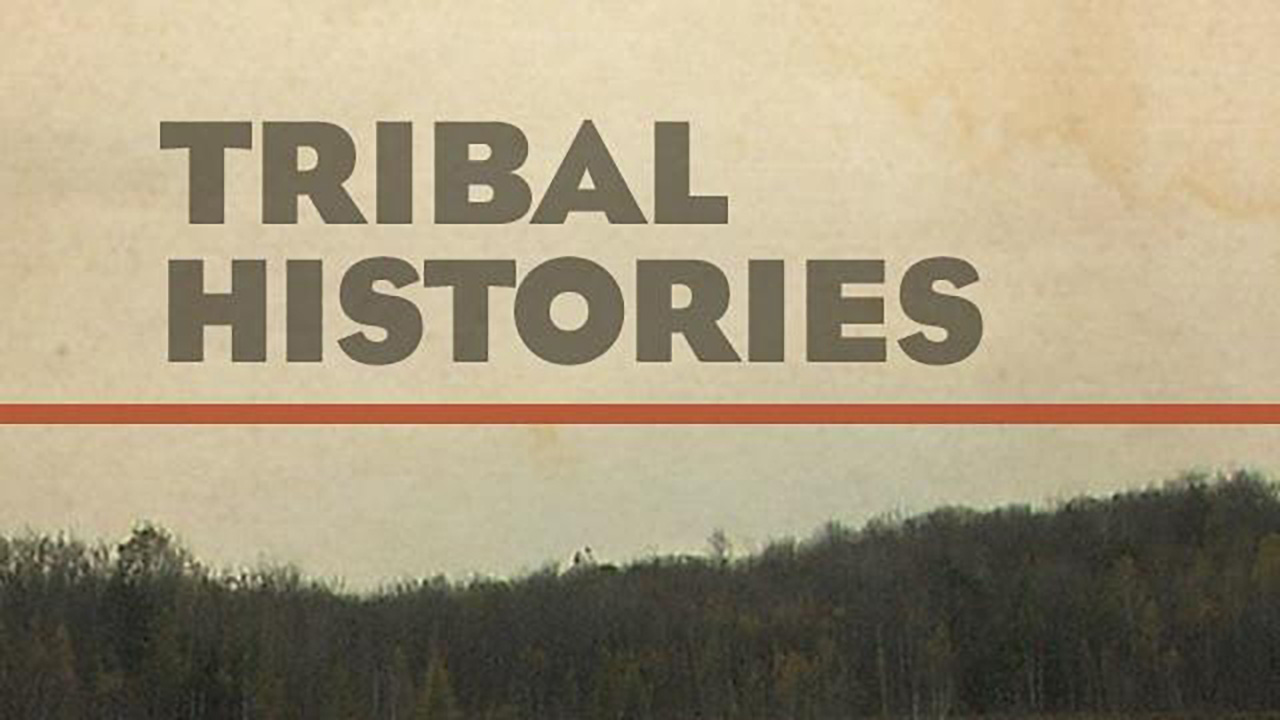
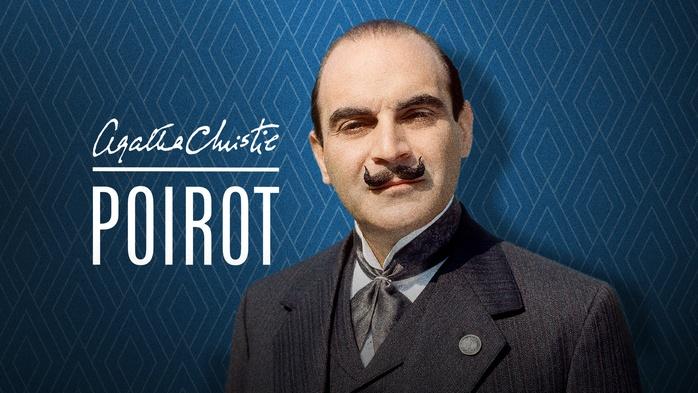

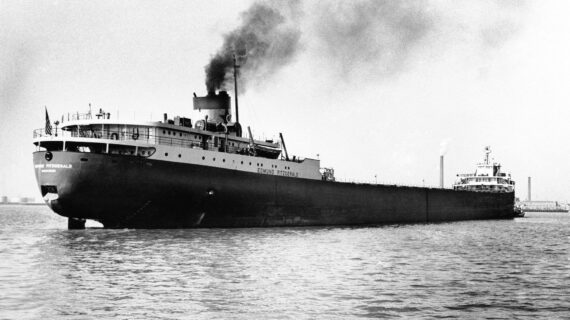


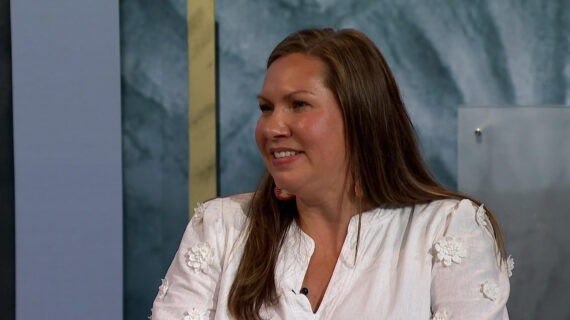
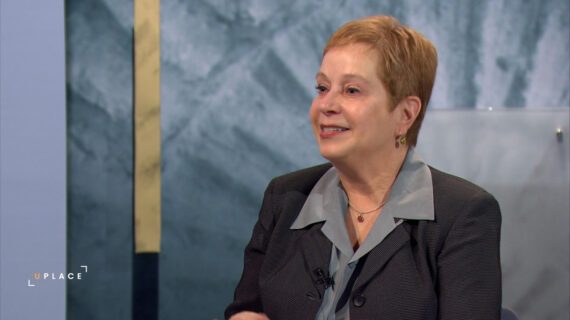
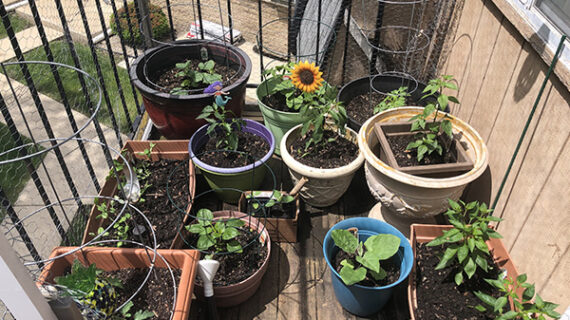
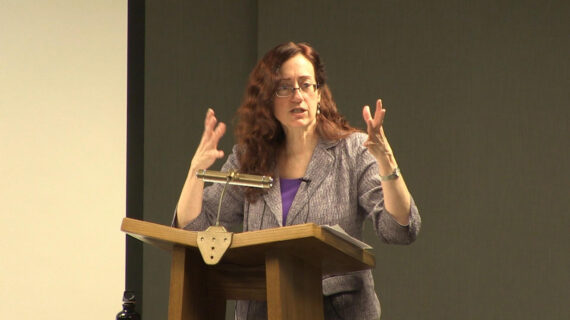
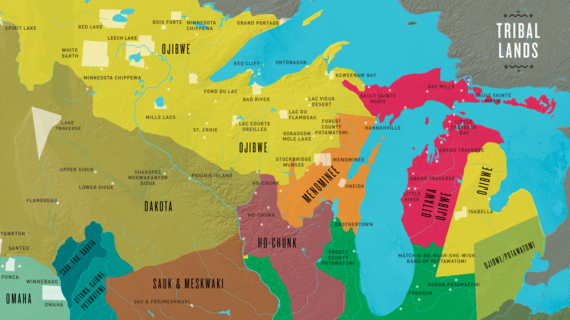
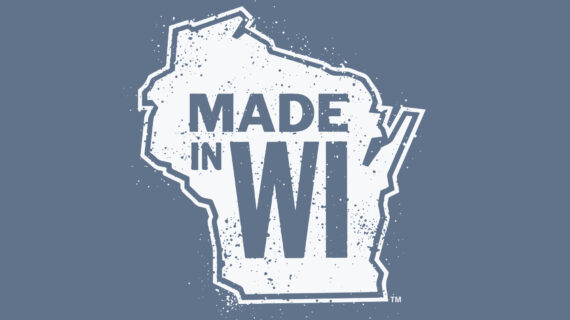
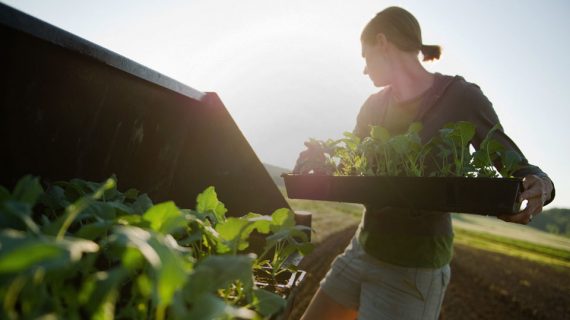
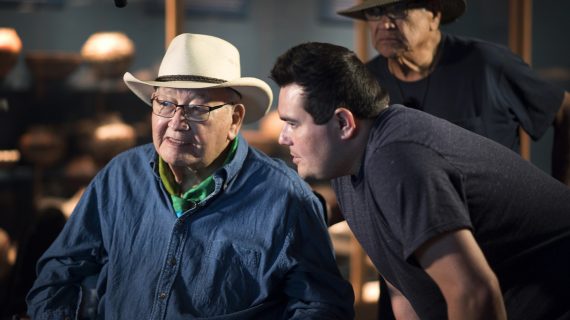


Follow Us